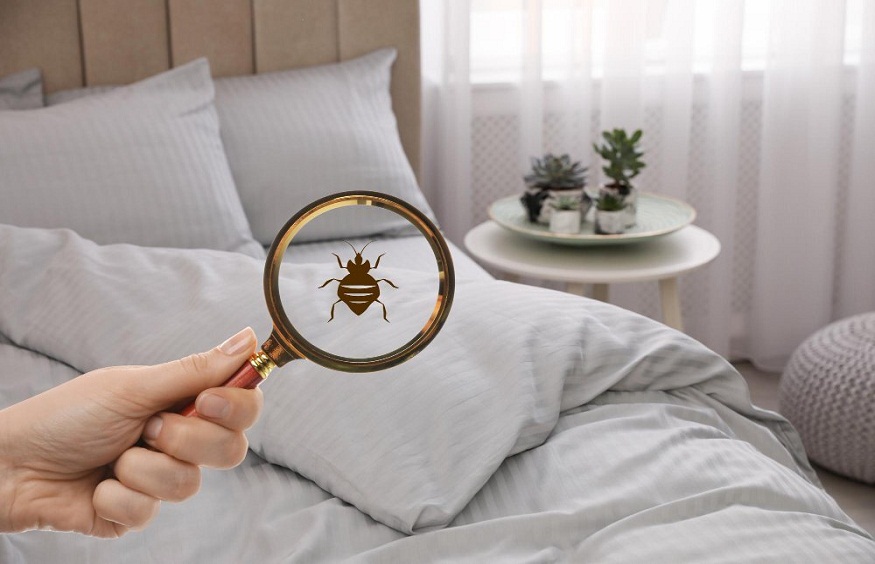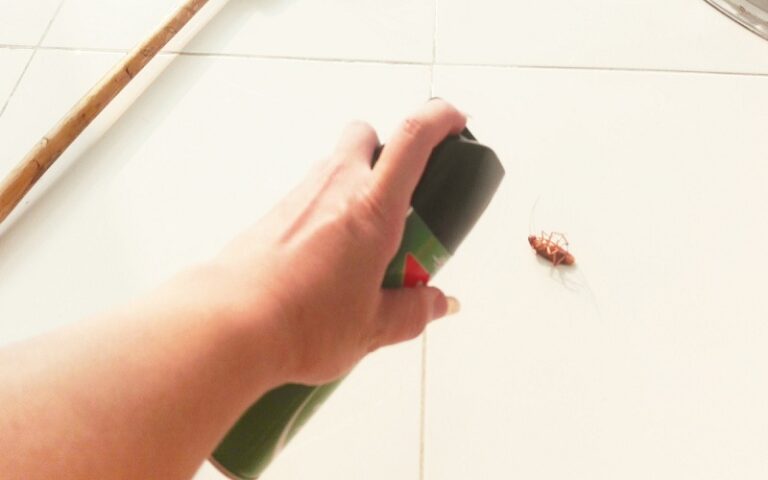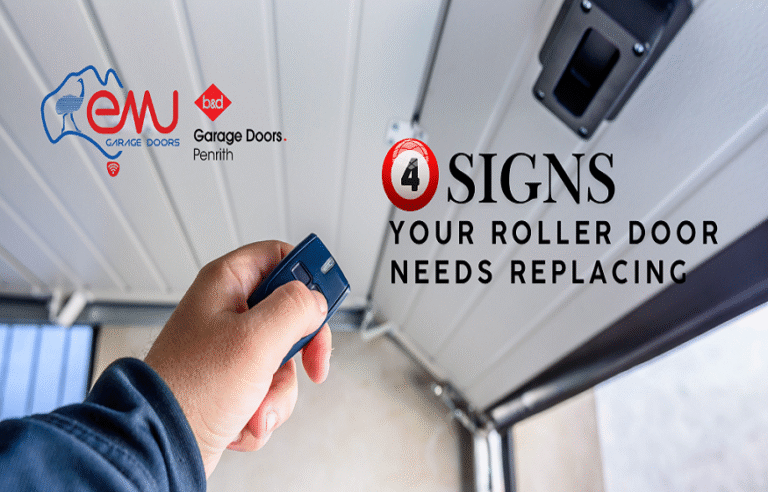Ah, bed bugs! Those tiny, flat bugs that love human blood. They can squeeze into super small spots. Their size and shape allow them to squeeze into tiny spaces. This ability makes them hard to detect and eliminate. While beds are their preferred habitat, bed bugs can live anywhere humans rest or sit for extended periods.
In the day, they hide in dark, secret places. To kick them out, you need to know their favourite hideouts. Let’s explore some unexpected areas where bed bugs might be lurking.
Electrical Outlets: A Surprising Hideout
Electrical outlets provide ideal hiding spots for bed bugs. The small cracks around outlets offer shelter and easy access to nearby sleeping areas. Bed bugs can squeeze behind outlet covers and nest inside the wall cavity. This makes them particularly challenging to detect and treat.
Checking for bed bugs in outlets? Start by carefully removing the cover plate. Grab a flashlight and take a good look around and inside the outlet. Look for live bugs, eggs, or dark spots that could be bug poop. See any of these unwanted guests? Better call the pros instead of trying to fix it yourself. Electrical systems pose safety risks. Contact a professional pest control service for safe and effective bed bug removal.
When dealing with a known infestation, consider using outlet covers. These can help prevent bed bugs from using outlets as entry points or hiding spots. Remember to inspect and treat the surrounding area as well. Bed bugs in outlets often indicate a larger problem in nearby walls or furniture.
Picture Frames: An Overlooked Habitat
Picture frames, especially those hanging near beds or seating areas, can harbour bed bugs. The space between the frame and the wall provides a snug hiding spot. Bed bugs can also nest in the backing of the frame or in any decorative grooves.
To inspect picture frames, carefully remove them from the wall. Take a good look at the back of the frame and the wall behind it. Use a flashlight to check cracks and tight spots. Don’t forget the corners and edges of the frame. Bugs love these dusty areas.
Spot bed bug signs? Time to act! Take down all picture frames from buggy areas. Clean them well with a stiff brush to kick out bugs and eggs. For wooden frames, try a light coat of food-grade diatomaceous earth. This can help stop future bug invasions. But always follow the instructions and stay safe when you use bug-killing stuff.
Cracks in Furniture: Hidden Bed Bug Havens
Furniture cracks and joints are prime real estate for bed bugs. These sneaky pests can squeeze into tiny gaps in wooden furniture and upholstered chairs. They can even hide in plastic items. Keep a close eye on furniture near sleeping areas, but don’t forget to check pieces in other rooms too.
To inspect furniture, start with a visual examination. Look for any cracks, seams, or joints where bed bugs might hide. Use a flashlight to peer into these spaces. A credit card or thin piece of cardboard can help probe tight areas. Keep an eye out for live bugs, eggs, bug skins, or dark spots that might be bug poop.
On soft furniture, check under cushions and in seams. Pay special attention to tufted areas and piping. These provide excellent hiding spots for bed bugs. Don’t forget to inspect the underside of furniture, including support structures and dust covers.
Find bed bug signs in your furniture? Time for a deep clean! Vacuum everything, even cracks and gaps. For wooden stuff, put the right bug killer or diatomaceous earth in any cracks. Upholstered items may require professional treatment or disposal if heavily infested.
Curtains and Blinds: Vertical Hideaways
Window treatments offer another unexpected haven for bed bugs. The folds in curtains and the mechanisms of blinds provide numerous hiding spots. These pests can easily climb vertical surfaces, making even high-hanging curtains vulnerable.
To check curtains, remove them from the rod and inspect them carefully. Pay attention to seams, hems, and any decorative elements. For blinds, examine the slats, cords, and headrails. Use a flashlight to peer into small spaces within the mechanism.
If you find bed bugs in your window treatments, immediate action is crucial. Wash curtains in hot water and dry on high heat if possible. For non-washable items, professional dry cleaning can be effective. Blinds may need to be disassembled for thorough cleaning. In severe cases, replacing infested window treatments might be necessary.
Book Collections: A Literary Bedbug Haven
Books and shelves can be secret bug homes. These pests like to hide in book spines, between pages, or in gaps between books. This is particularly concerning in bedrooms or reading nooks where people spend long periods.
To inspect your book collection, remove books from shelves and examine them individually. Fan out the pages and check the spine and cover. Look for small reddish-brown bugs, tiny white eggs, or dark spots on the paper edges. Don’t forget to inspect the bookshelf itself, paying attention to corners and joints.
If you find signs of bed bugs, isolate affected books in sealed plastic bags. You can treat infested books by placing them in a freezer for several days. Alternatively, use heat treatment methods, but be cautious as excessive heat can damage books. For valuable or antique books, consult a professional pest control service for safe treatment options.
Electronics: High-Tech Hiding Spots
Modern homes are filled with electronics, and these devices can harbour bed bugs. The warmth generated by electronics attracts these pests, and the small openings in devices provide perfect hiding spots. Common culprits include televisions, gaming consoles, and even alarm clocks.
Inspecting electronics requires care to avoid damage. Use a flashlight to peer into vents and openings. Look for signs of bed bugs around ports and seams. If possible, open the outer casing of devices to check internal components. Don’t forget to unplug electronics before you check them. Avoid any liquids that could break your stuff.
Think your electronics have bed bugs? Don’t try to fix it yourself. You might break something or mess up your warranty. Instead, seal infested items in plastic bags and consult a pest control professional. They can advise on safe treatment methods or recommend replacing heavily infested items.
Tools for Effective Bed Bug Detection
Finding bed bugs in these hidden areas requires the right tools and techniques. Here are some essential items for thorough inspection:
- Flashlight – A bright, focused light is crucial for spotting bed bugs in dark crevices.
- Magnifying glass – This helps identify small bugs and eggs that might be missed by the naked eye.
- Credit card or thin ruler – Use these to probe tight spaces and flush out hiding bugs.
- White sheets – Place these under furniture during inspection to easily spot any falling bugs.
- Plastic bags – Use these to isolate potentially infested items.
When you look for bugs, go slow and check everything. These little pests are easy to miss. Take your time to examine each area thoroughly.
Importance of Professional Inspection and Treatment
While DIY inspection is a good start, professional pest control services offer more comprehensive detection and treatment. Professionals have access to specialised tools and treatments. These include cool stuff like heat cameras to spot groups of bed bugs.
Think you have bed bugs? Maybe call an expert. They can check your whole house really well. This includes hard-to-reach areas you might miss. Professional treatments are often more effective at eliminating bed bugs completely.
Conclusion
Bed bugs aren’t just a problem for your beds. These pests can hide in various unexpected places throughout your home. From electrical outlets to book collections, bed bugs find creative ways to avoid detection. It’s super important to know where bugs hide if you want to get rid of them.
Check these spots often to catch bugs early. Use the right tools to look carefully. Think you see bed bugs? Get help from a pro right away. If you stay alert and treat your home right, you can keep these annoying pests away.
Remember, anyone can face a bed bug problem. The key is to act quickly and thoroughly when addressing the issue. By looking beyond the bed, you can ensure a comprehensive approach to bed bug control. This leads to a safer, more comfortable living environment for everyone.















+ There are no comments
Add yours